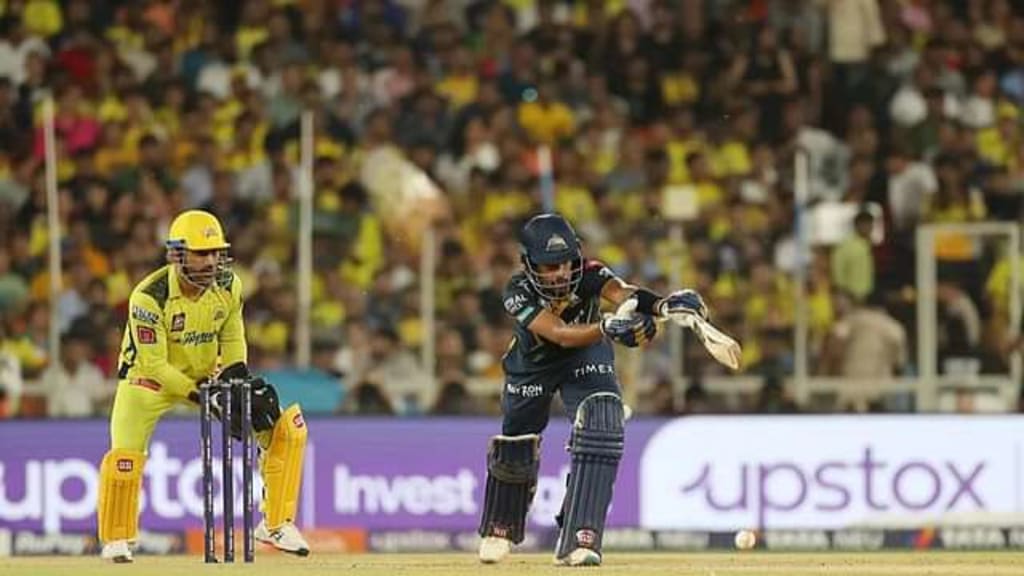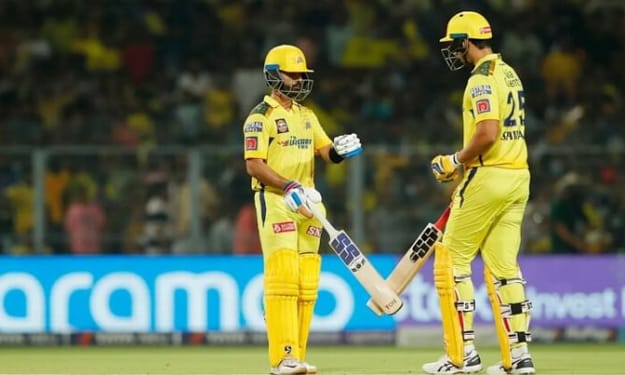Understanding the Par Score in Cricket Using the DLS Method?
DLS Method

The Duckworth-Lewis Method in Cricket: Calculating Revised Targets
Introduction:
The Duckworth-Lewis (D/L) method, named after English statisticians Frank Duckworth and Tony Lewis, is a system used to calculate revised target scores in rain-affected limited-overs cricket matches. Since its incorporation in 1997, the method has undergone amendments and is now known as the Duckworth-Lewis-Stern (DLS) method, acknowledging the contributions of Steven Stern. The DLS method takes into account two crucial resources in cricket: the number of overs remaining and the number of wickets lost. This article explores the DLS method and its calculation of par scores, which represent the target the chasing team should reach after a certain number of wickets down at the time of interruption.
Understanding the DLS Method:
In a rain-affected match, the DLS method uses an evolving mathematical model to calculate the value of the two resources, overs remaining and wickets left, as a percentage figure. This approach aims to provide a fair target score that considers the scoring potential of the team batting first and the resources available to the team batting second. The DLS method acknowledges the aggressive approach of the team batting first before the match interruption, especially if there is a reduction in the number of overs.
Calculation of DLS Target:
The DLS target for the chasing team is calculated using a formula. However, the formula mentioned in the previous description, Team 2's par score = Team 1's score x (Team 2's resources/Team 1's resources), is not accurate. The actual DLS formula is more complex and involves various calculations based on historical scoring patterns and statistical data. It takes into account the number of overs and wickets lost by the team batting second to determine a revised target score.
Par Score in Cricket According to the DLS Method:
The par score, as defined by the DLS method, represents the target the chasing team should aim to reach or have reached after a certain number of wickets down at the time of interruption. It acts as a reference point for the team batting second to assess if they are ahead or behind the required rate when play is interrupted. The par score is influenced by the resources available to the chasing team, namely the remaining overs and wickets in hand.
Dynamic Nature of DLS Target:
During the chase, the DLS target keeps changing after almost every delivery if the match experiences interruptions. Factors such as wickets lost and overs remaining impact the revised target. If the chasing team loses wickets in their attempt to keep up with the par score, the revised target for the next over increases as the available wickets reduce. This dynamic nature of the DLS target ensures that it reflects the evolving situation of the match.
Minimum Overs for a Result:
To arrive at a result using the DLS method, a minimum number of overs need to be bowled during the chase. In a T20 match, at least five overs should have been bowled, while in an ODI match, a minimum of 20 overs is required. If these minimum overs are not bowled, the match may be abandoned or declared as a "no result."
Conclusion:
The Duckworth-Lewis-Stern (DLS) method is a statistical approach used to calculate revised target scores in rain-affected limited-overs cricket matches. It takes into account the resources available to the chasing team, such as the remaining overs and wickets in hand, to calculate a par score. The par score represents the target the chasing team should aim to reach or have reached after a certain number of wickets down at the time of interruption. The dynamic nature of the DLS target ensures that it adjusts with the changing match conditions. It is important to note that a minimum number of overs must be bowled during the chase for a match to arrive at a result. The DLS method has been instrumental in providing fair outcomes in weather-affected cricket matches, enhancing the integrity of the game.
About the Creator
Enjoyed the story? Support the Creator.
Subscribe for free to receive all their stories in your feed. You could also pledge your support or give them a one-off tip, letting them know you appreciate their work.





Comments
There are no comments for this story
Be the first to respond and start the conversation.